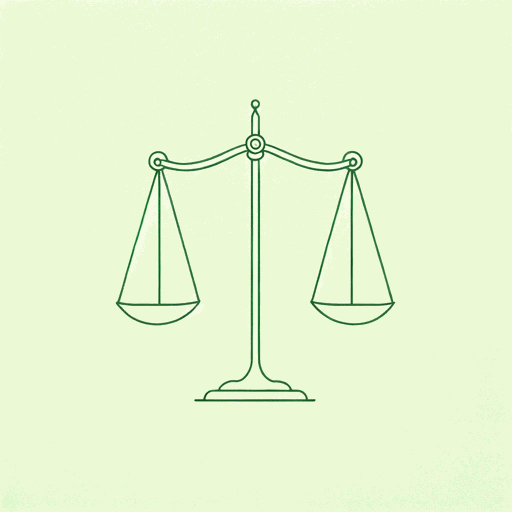49 pages • 1 hour read
Iris Marion YoungJustice and The Politics of Difference
Nonfiction | Book | Adult | Published in 1990A modern alternative to SparkNotes and CliffsNotes, SuperSummary offers high-quality Study Guides with detailed chapter summaries and analysis of major themes, characters, and more.
Chapters 6-8 and EpilogueChapter Summaries & Analyses
Chapter 6 Summary: “Social Movements and the Politics of Difference”
While Young acknowledges the contributions of Enlightenment ideals of liberty and political equality, she challenges the prevailing liberal concept of justice that defines liberation as “the elimination of group difference” (157), or assimilation. Advocates of assimilation argue that it eliminates arbitrary group-based distinctions and discrimination, provides a clear standard of equality, and maximizes the choices of individuals. Young rejects assimilation in favor of democratic cultural pluralism, with socially and culturally differentiated groups respecting and affirming one another in their differences and experiencing equality (163).
Young argues that a society without social groups is simply not possible. Formal equality has certainly not eliminated social differences, as society still defines members of oppressed groups as deviant. Therefore, to demand that equality and liberation ignore the differences of social groups has three oppressive consequences (164). First, the denial of difference “disadvantages groups whose experience, culture, and socialized capacities differ from those of privileged groups” (164). Members of such groups must measure up to the standards of the privileged. Secondly, this denial enables privileged groups to assume universality. It does not force privileged groups to recognize their specificity as, for example, Europeans or Christians.

